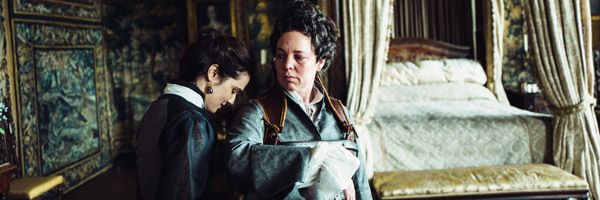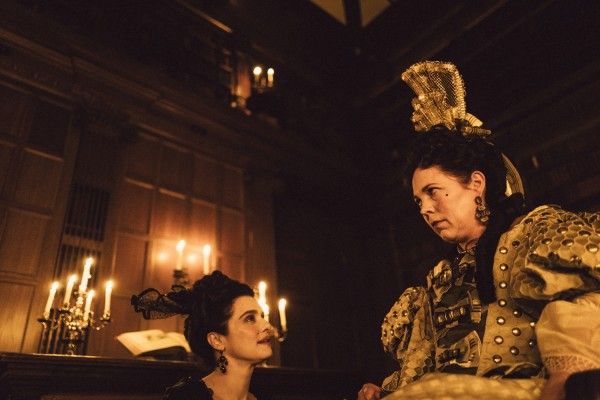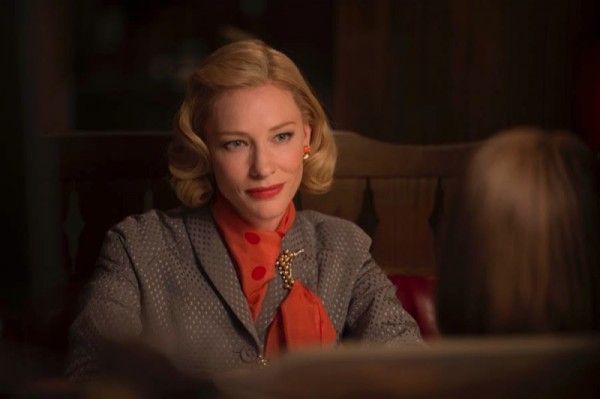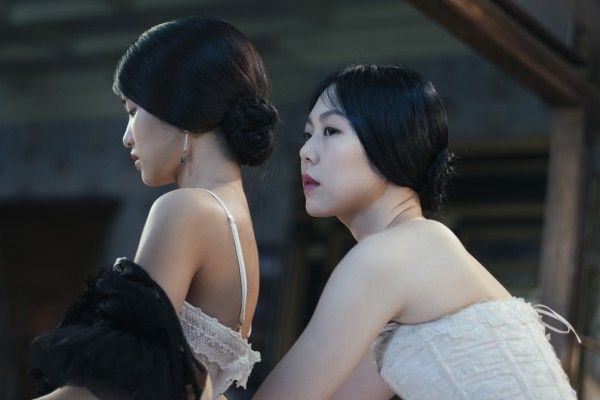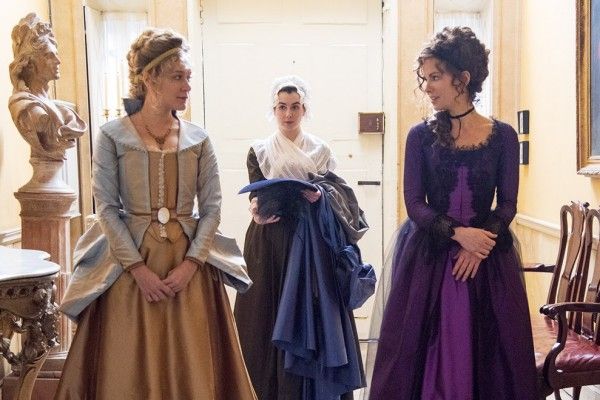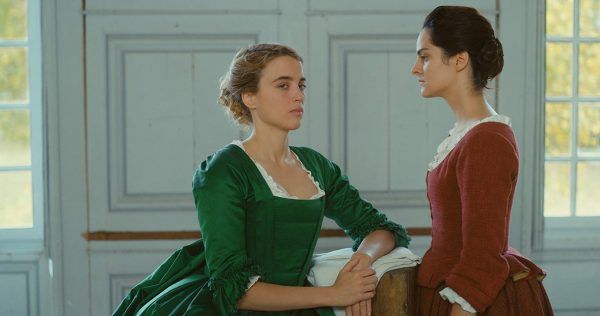Growing up I believed lesbians were a myth, a universally known secret created by a male God catering to a male gaze in a male world. I came across these fictional characters at a young age – eight – when I loudly proclaimed in an AIM group chat that I was a lesbian to impress strangers. Immediately, a kind lad, the one God made us for, pulled me aside to ask if I liked kissing girls and charmingly explained the nuances of sexuality before asking for my school photo. No evidence existed for me to understand what everyone knew, the thing we never talked about. Still, to this day, representation of LGBTQ people only makes up 18.2% of films from major studios. LGBTQ narratives exist by word of mouth and are not advertised nearly as much as their straight counterparts. Exposure in media of lesbian culture has only recently increased and if it weren’t for Dave on AIM in the year 2003, I might have learned nothing about it until it was too late.
Thanks, Dave.
There’s recently been a rise in depictions of lesbian period dramas on screen, a recently prevalent trend which can largely be attributed to Downtown Abbey, the period drama that dominated the early 2000’s. The series furthered a desire for people to see historical dramas, evident by the fact the show resulted in a movie produced by Focus Features that grossed $165 million worldwide. The success of the series opened doors for more period dramas to grow, specifically films centered around the exploration of sexuality through the age of Enlightenment in film and television. Tamer than the counter pieces that preceded it, Downton Abbey walked so the rest of the decade could run, which then showcased LGBTQ representation both in front of and behind the camera. Finally, the world’s rich history of women defying social norms was beginning to be viewed through a gay lens.
God bless the hours my mom made me sit through Mary and Edith discourse.
The success of 2018's The Favourite signaled a turning of tides in how far the future of lesbian period dramas had come in the 2010s. Raking in 10 Oscar nominations and one win, The Favourite expanded on the conversation circling lesbian sexuality during the Restoration Era. In the movie, Queen Anne (Olivia Coleman) is stuck between two women: Sarah Churchill (Rachel Weisz) and Abigail Masham (Emma Stone). While Sarah vies for her heart, Abigail weaponized sex to gain power, blackmailing the Queen to send Sarah away so she does not disclose their sexual relationship. The Favourite redefined success for lesbian films set in early 18th century England, winning two Venice International Film Festival Awards, ten British Independent Film Awards, and being nominated for five Golden Globes, in addition to the aforementioned Oscar nominations. It’s important to note the backs of giants they stepped on to get there.
Between high-class costume choices, prominent celebrities, and beautiful visual settings, lesbian culture became marked as something to embrace. Depicting the same central struggle, fictionalized accounts of lesbian relationships have been showcased on the screen in different eras over the past few years to show how time affects the struggle of being gay. The trend arguably started with Carol in 2015. Set in the 1950s and adapted from the 1952 romance novel Prince of Salt by Patricia Highsmith, the film details a sordid love affair between a married woman named Carol (Cate Blanchett) and Therese (Rooney Mara) that results from the fallout with their two male partners.
After Carol hit theaters, the production and subsequent release of queer romances flooded the industry, with The Handmaiden (2016) hailing from South Korea and Love & Friendship (2016) hitting Amazon Prime the following year. Historical representations of lesbians in cinema was a slam-dunk and filmmakers knew it after seeing Carol nominated for six Oscars in 2016. The movie ushered in a golden age of women in corsets and petticoats kissing behind closed doors. Today, lesbian period pieces have evolved to zoom in on a specific period, a neoclassical age filled with balls and horse carriages.
Lesbian period films set in the 18th century and early 19th century have been extremely popular as of late. The creation of the term “lesbian” can largely be attributed to 18th-19th century. In the early19th century, intense relationships between women were described as “romantic friendships.” There was no word to identify the nature of close friendships between women and the ways they expressed their love verbally and nonverbally. American historian Carroll Smith Rosenberg published an essay in 1975 on the history of lesbianism, stating that “these intimacies were casually accepted by society because there was no lesbian presence to taint them with the charge of a deviant sexuality.”
Liz Stanley, a professor of sociology at the University of Edinburgh, wrote how the term “lesbian” could not exist before the nineteenth century because many at the time assigned the word to a “very narrow set of genital sexual relationships.” Therefore, female love was often defined as “sapphism,” a term coined after the Greek poet Sappho from the island of Lesbos. According to Jon Barrett, women who refuted relationships with men for female friends in the Eighteenth Century formed the social archetype of “Sapphic love.” This was the only means people had for labeling someone as “lesbian;” the term lesbian before lesbian was a thing.
Shame around lesbian culture didn’t exist because lesbian culture didn’t exist. In this way, filmmakers are liberated from making the central struggle in these films be shame surrounding their sexuality. 18th century films specifically have the room to grow stories around the depiction of societal structures at that time and what that meant for female relationships. Protagonists operate behind closed doors not because they are necessarily ashamed, but moreso afraid of what will happen if the men they’ve married learn about these affairs. In some cases, people who were out were left alone, the phrase “Boston Marriage” being a commonly accepted term for those in a “committed relationship between two married women who were financially independent, owned a home, and had a career.” Per the Reader’s Lesbian and Gay Studies Guide, these marriages were “quite common and respectable, since they were not yet subject to suspicion of lesbianism.”
2018 and 2019 have seen an influx of movies depicting romance between women. With films like Wild Nights with Emily (2018) and Lizzie (2019) re-imagining established stories through the lens of a female relationship, the depiction of lesbians in history has undergone reconstruction to recreate stories both new and old. Though most surround the booming industry of literary geniuses of the time, including Vita & Virginia (2018), Colette (2018), and Gentleman Jack (2019), none have made waves quite like The Favourite. Whereas Carol has the societal scorn of lesbianism, The Favourite is a love story about a power struggle, shame is not the central theme of the film. Instead, it is an exploration of how the specifics of lesbian period dramas set in the 18th and 19th century can transcend issues surrounding the fear of coming out. The societal expectations of being wed to a man carries weight but does not deter from one’s desire to follow their heart if they so wish. In this era, adultery is the crime, not being queer.
The most recent installment in the lesbian cinematic universe is Portrait of a Lady on Fire (2019). Met with critical acclaim worldwide, the film is based on a love story between an artist named Marianne (Noèmie Merlant) who has been commissioned to paint a wedding portrait of Hèloïse (Adèle Haenel). Pressured by her mother to keep bloodlines powerful, Heloise is obliged to marry someone she does not love, eventually falling for Marianne instead. Showing the full capacity of what love can be between and for women, the movie has been praised for catering to the female gaze written by the female gaze, offering new ways on how to depict female relationships on screen. Outside the central love story, the women extend their love to the house maid, depicted in a scene where the three undergo helping her with a home abortion, one Marianne later paints. It is a heartbreaking film that highlights how precious exploration of lesbian culture was before it existed. With no added pressure, period pieces of this era will continue to exceed expectations through simplicity of action. Forbidden love exists outside of hate and exposing that visually is what draws in large audiences. It’s what makes this genre of love so important.
“Do all lovers feel like they’re inventing something?” Heloïse whispers to Marianne. The sense of discovering something in love that people didn’t think could exist starts at the beginning, when time hadn’t soured something good. Society's fascination with exploring progress through antiquated stories yearns for the nostalgia of simplicity when women were ruled by a passion that didn’t have to be defined. The time and production given to lesbian period dramas has paid off so far for filmmakers who have taken part in it, most walking away with critical acclaim and prestigious awards. They’re incredible works of art that thrive through a cacophony of different elements: the allure of setting, acting, writing, direction, and visuals that transcend lesbian period dramas created so far. If the past two years have taught us anything it’s that this genre will continue to be explored in the future. Lesbian period dramas are on the rise in modern culture.
The queer takeover has just begun.

